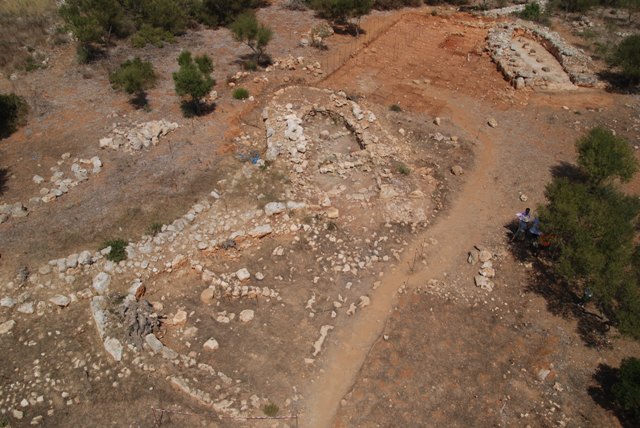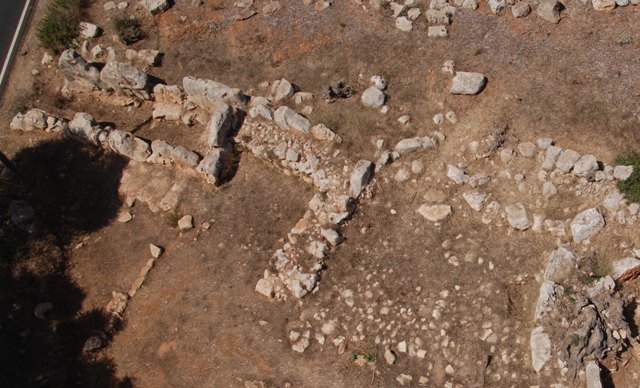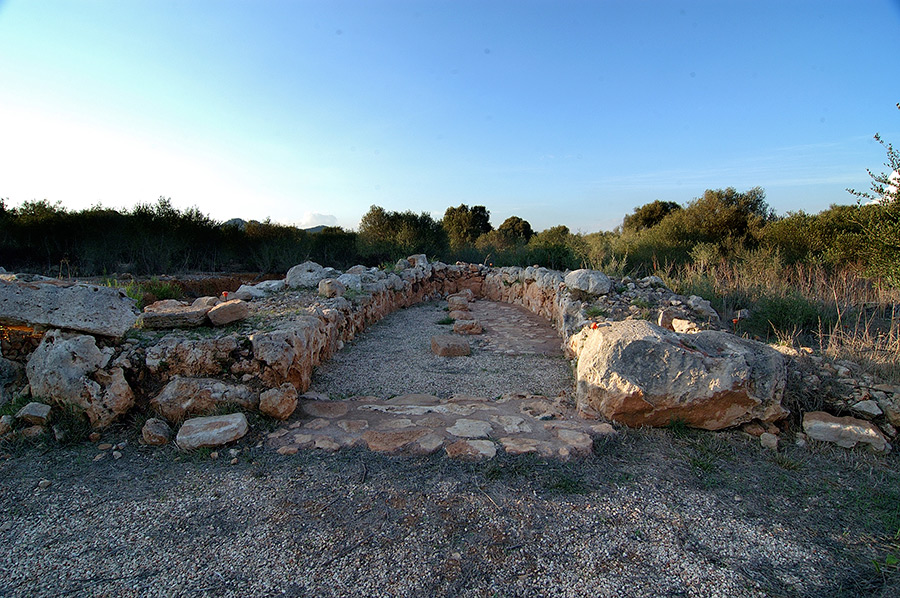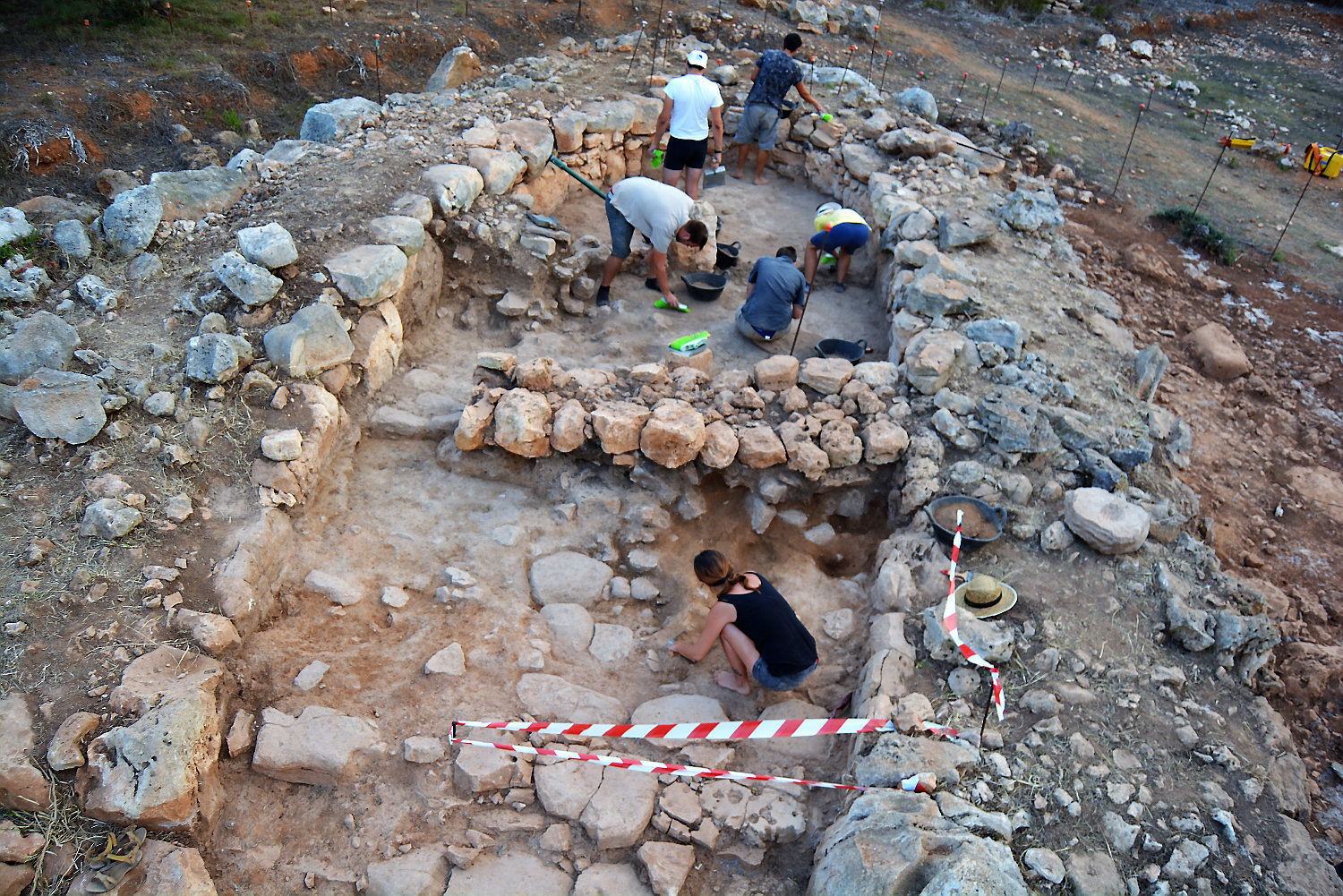Closos de Can Gaià
The site of the "Closos Can Gaià" is a village of navetas from the bronze age (naviforme phase). It is located in the eastern coast of Mallorca, in the outskirts of Puerto Colom (municipality of Felanitx). The site is documented from the beginning of the 20th century. Since 1996, the laboratory of prehistory of the University of the Balearic Islands started a project of research (project Closos), which continues today.
The village was built around 1700 BC, in the start of bronze age in the Balearic Islands. It was inhabited until left, continuously, to 850 BC, at which time the first talayots were already functional. After this date, however, have documented various activities in the surrounding area over the years. These uses are sporadic, that is made during the Byzantine occupation of Mallorca in the Islamic period and in modern times.
So far, they have discovered a total of nine structures of cyclopean construction located so scattered. Probably existed more, as well as most can be figured for some sections of walls on the outskirts of the central core. The guidelines of the navetas are South-South-East, in order to make the most of the hours of sunlight. It is likely that the settlement was more extensive and more structures, as they have found remains of rubble walls reused in the vicinity. Of the existing structures, has dug through the structure I, now in the process of study, and the partially the structure II.


Architectural structures
Structure I

Structure II
